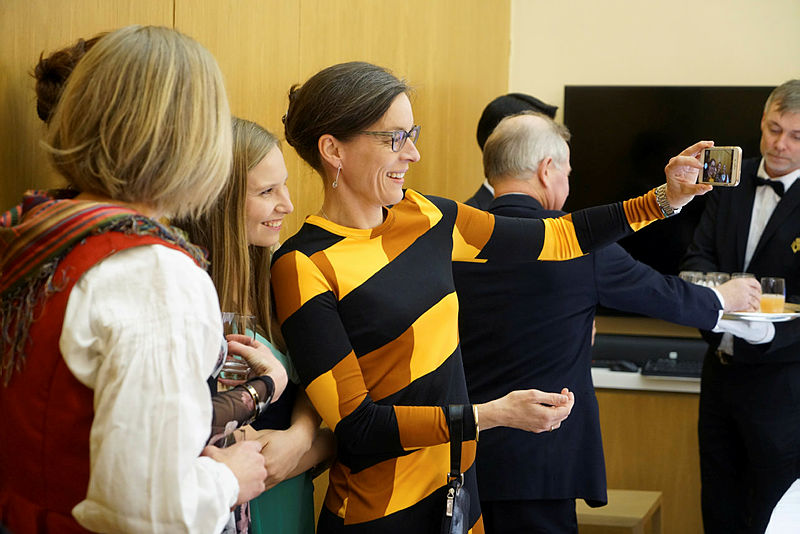The high Arctic field observatory BiG officially opened by UNIS AB-202 marine biology students!

Photo: Francesca Molinari
In mid-March brave UNIS AB-202 marine biology students dressed up to survive freezing temperatures (-20°C) to explore the marine gradient from coast to deep fjord in Isfjorden, Svalbard at 78°N latitude. It is an important goal and principle that UNIS shall conduct research-based education there students not only gain theoretical skills but also practical skills – in other words authentic research experiences to prepare them for the “real world” after education so they can become the next generation of Arctic experts.
UNIS, the northernmost university is now establishing Bjørndalen integrated Gradients (BiG), a high-arctic, interdisciplinary field laboratory for research and teaching close to the university, which was recently awarded Thon funding. Such a field laboratory will create a cost-effective research synergy between employees, authentic research experiences for the students, and form the basis for initiating new projects. One such international project is the recently funded ACCES project (De-icing of the Arctic Coasts: Critical or new opportunities for marine biodiversity and Ecosystem Services?), led by UNIS (PI Janne E. Søreide). The overall goal of this project is to study impacts of sea ice loss (=de-icing) on biodiversity and ecosystem services in Arctic coastal ecosystems and one important task is to study the growth and distribution of kelp. In Svalbard an abrupt five- to eightfold increase in macroalgal cover has been detected in West Spitsbergen as seawater temperatures have increased and ice cover declined since 1980.
So the 13th of March UNIS students boarded Polarsyssel, the rescue ship to the Governor in Svalbard and jumped into smaller boats to get close to the coast to sample macroalgae at the BiG site. This was the first official marine BiG sampling and the students did a very good job in mapping the biodiversity and distribution of macroalgae by combining triangle dredge sampling with underwater images. See their own filming of the sampling at instagram, film made by UNIS AB-202 student Francesca Molinari.
The students also took active part in the regular hydrography and plankton sampling UNIS does monthly in Isfjorden (https://www.unis.no/cold-but-not-cold-enough/ ). This time series started in 2011 and thanks to UNIS students it is still running and has become a very important time series for scientists, managers and the public. This is the one and only seasonal time series at such high latitudes in the Arctic!
Author: Janne Søreide



